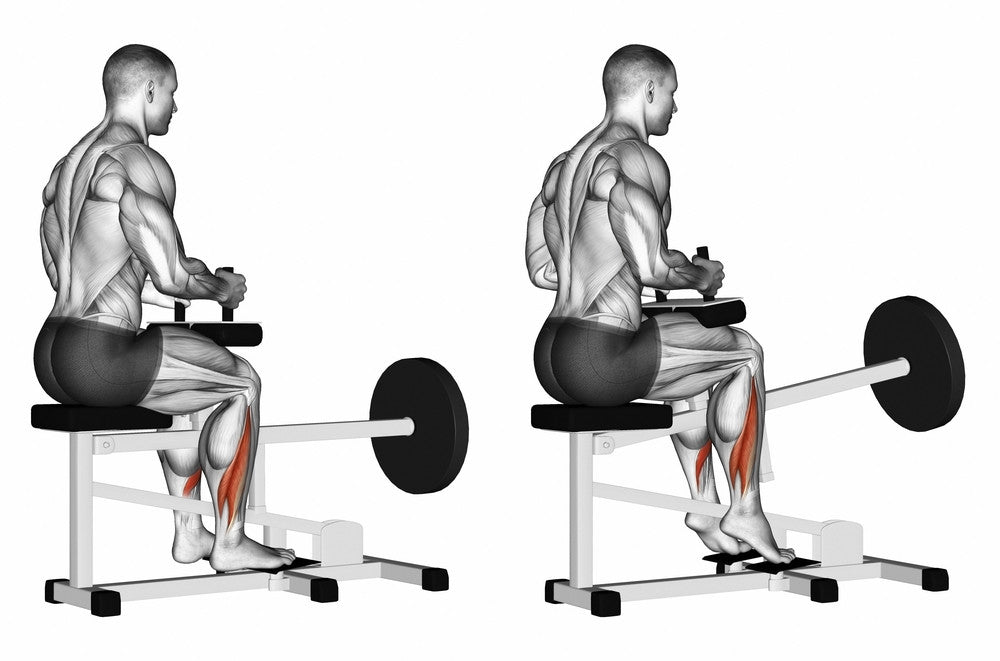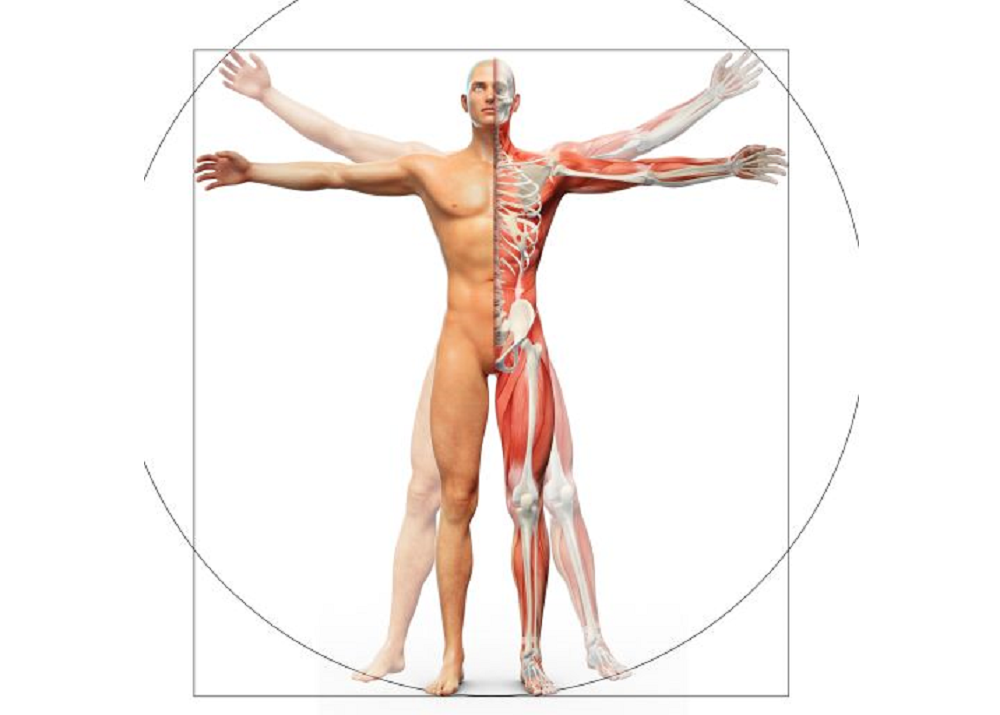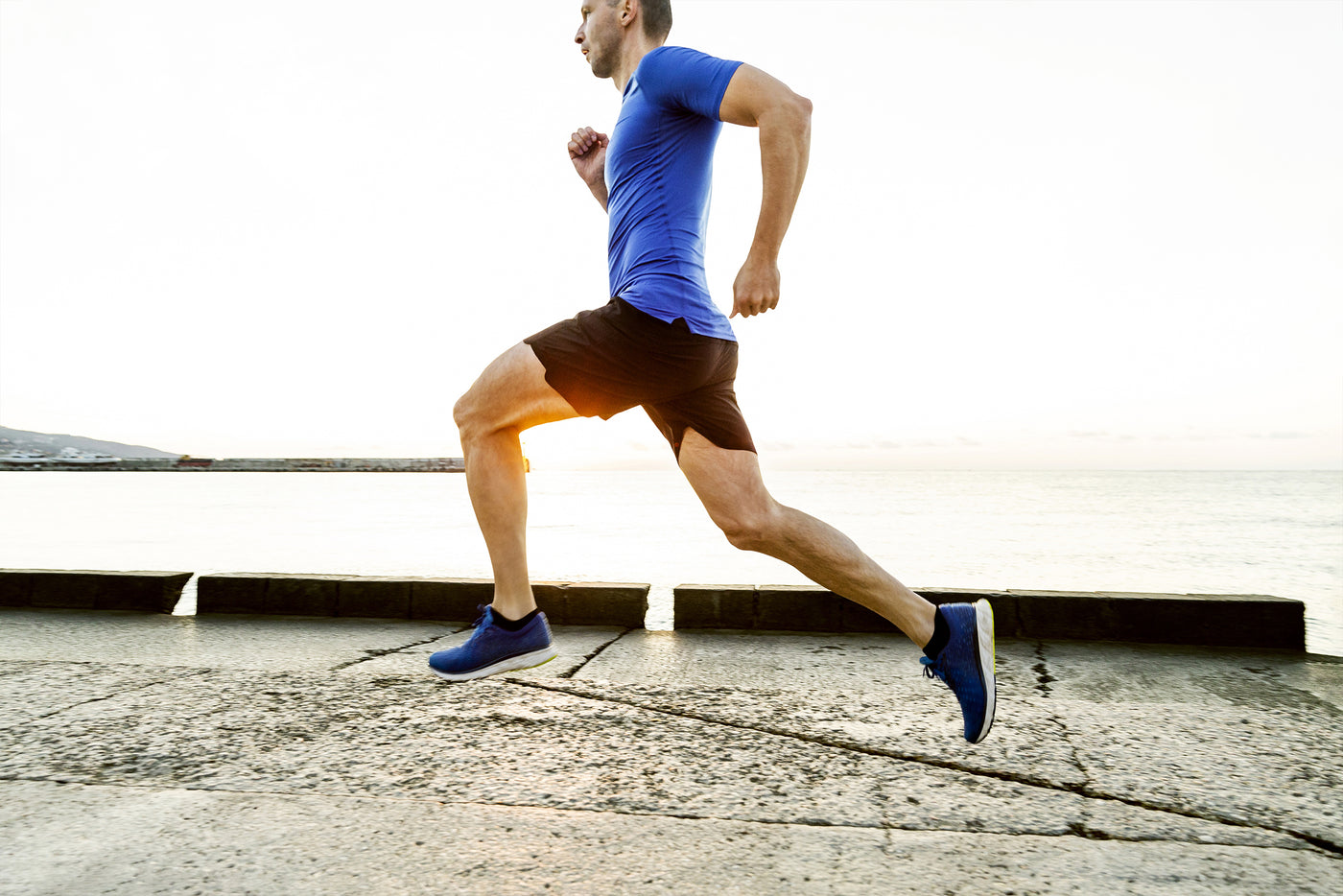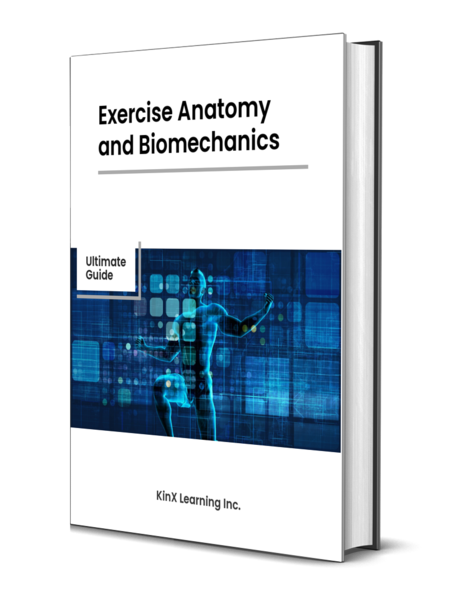Exercise Anatomy
Seated Calf Raise (Seated Heel Raise)
The Seated Calf Raise, also known as Seated Heel Raise, is a targeted exercise to strengthen and define the calf muscles. By performing this exercise in a seated position, you isolate the calves, focusing on their development. It's a valuable addition to your routine for building strong and sculpted calves, enhancing lower leg strength, and promoting overall stability.

Major Muscles and Actions Involved
The Seated Calf Raise, or Seated Heel Raise, primarily involves ankle plantarflexion as you lift your heels off the ground while seated. This movement targets the gastrocnemius and soleus muscles, collectively known as the calf muscles. The contraction of these muscles during the exercise contributes to the development and strengthening of the calves, promoting muscular endurance and definition.

Safety First
For the Seated Calf Raise, the most important safety consideration is to maintain proper form to protect the ankles and Achilles tendon from strain or injury. Ensure that your knees are bent at a 90-degree angle and your toes are placed on the foot platform with your heels hanging off. Press through the balls of your feet while maintaining control throughout the full range of motion—avoiding bouncing or jerking movements. It's crucial to avoid using excessive weight, as this can overstress the calves and tendons. Keep your core engaged to stabilize your body, and ensure the lowering phase is slow and controlled to prevent injury.

Sports Uses
The Seated Calf Raise, or Seated Heel Raise, proves to be of direct benefit to athletes engaged in various sports that demand lower body strength and explosive power. Athletes involved in basketball benefit from the exercise as it enhances the calf muscles, crucial for jumping and swift changes in direction. Runners find value in the seated calf raise to fortify the lower legs, contributing to improved push-off during sprints. Additionally, sports like volleyball, where powerful calf muscles aid in vertical jumps, and cycling, where strong calves support pedal strokes, can leverage the Seated Calf Raise for targeted lower leg development. Integrating this exercise into training routines can notably improve performance and reduce the risk of lower leg injuries in a variety of athletic pursuits.
Exercise Tips
- Full Range of Motion: Execute the Seated Calf Raise through a complete range of motion, ensuring your heels dip below the level of the platform. This maximizes the stretch on the calf muscles, promoting overall development.
- Controlled Movements: Lift and lower your heels in a controlled manner, avoiding any sudden or jerky motions. Controlled movements engage the calf muscles more effectively and minimize the risk of injury.
- Progressive Resistance: Begin with a moderate amount of weight, focusing on proper form. Gradually increase the resistance as your strength improves, but prioritize control over heavy weights to prevent straining the calf muscles.
- Variations for Targeting: Experiment with different variations of the Seated Calf Raise, such as using different foot positions or adjusting the machine setup. Variations can target specific areas of the calf muscles for a well-rounded development.
- Breathing Coordination: Coordinate your breathing with the movement. Inhale as you lower your heels, and exhale as you raise them. Maintaining a steady breathing pattern enhances oxygen flow to the muscles, aiding endurance during the Seated Calf Raise.
Seated Calf Raise vs Standing calf raise
Seated Calf Raise:
- Position: Seated on a bench or a specialized machine with knees bent at a 90-degree angle.
- Muscle Engagement: Emphasizes the soleus muscle, which lies beneath the larger gastrocnemius muscle.
- Range of Motion: May provide a fuller stretch of the calf muscles due to the seated position.
- Stability: Offers better back support, making it a suitable option for individuals with lower back concerns.
- Equipment: Can be performed on a calf raise machine or with a barbell placed on the thighs.
Standing Calf Raise:
- Position: Standing upright, either using a calf raise machine, a Smith machine, or simply bodyweight.
- Muscle Engagement: Targets both the gastrocnemius and soleus muscles, providing a well-rounded calf workout.
- Range of Motion: Typically involves a shorter range of motion compared to seated calf raises.
- Stability: Requires more core and overall body stability due to the standing position.
- Equipment: Can be performed with or without additional weight, using various machines or a simple step.
Considerations:
- Muscle Emphasis: Seated calf raises may isolate the soleus more effectively, while standing calf raises engage both calf muscles more evenly.
- Comfort: Seated calf raises can be more comfortable for those with lower back issues, while standing calf raises challenge overall stability.
- Versatility: Standing calf raises are more versatile as they can be done almost anywhere without the need for specialized equipment.
- Individual Preference: The choice between seated and standing calf raises often comes down to personal preference and individual fitness goals.
Both exercises contribute to well-developed calf muscles, and incorporating a mix of seated and standing calf raises can provide a comprehensive lower leg workout.

Want to Learn More?
Try our premium ebook, Exercise Anatomy and Biomechanics: Ultimate Guide.
Satisfaction guaranteed.
